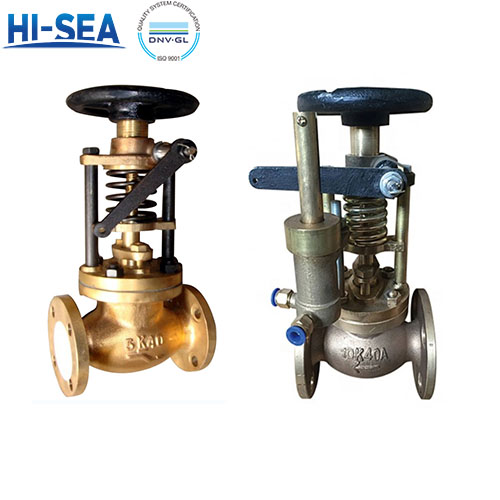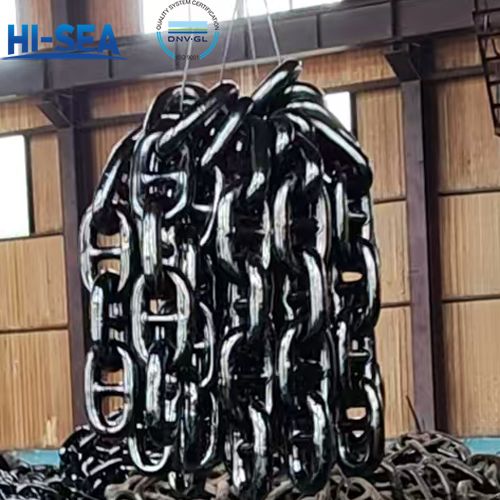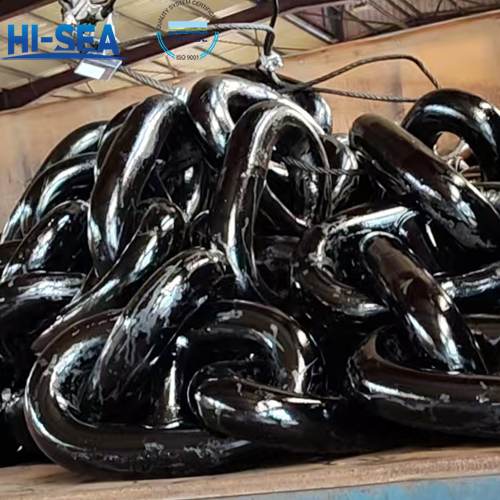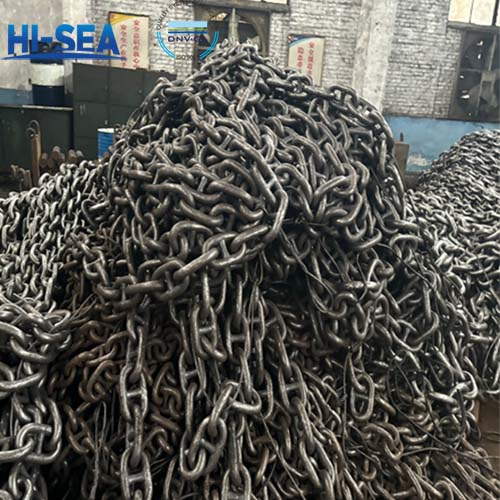
The Difference Between Manuel Quick Closing Valve and Pneumatic Quick Closing Valve
Manual quick-closing valves and pneumatic quick-closing valves are both types of valves designed to shut off flow rapidly. However, they differ in terms of their actuation method, control mechanism, and applications.
Overview
Actuation Method:
Manual Quick Closing Valve: Operated manually by hand. It typically involves turning a handwheel or lever to open or close the valve.
Pneumatic Quick Closing Valve: Actuated by compressed air or gas. A pneumatic actuator controls the valve's opening and closing, usually through a solenoid valve that regulates the flow of compressed air.
Control Mechanism:
Manual Quick Closing Valve: Relies on human intervention for operation. The valve position is adjusted by physically turning the handwheel or lever.
Pneumatic Quick Closing Valve: Controlled by an automated system that uses compressed air. The valve position is controlled remotely through pneumatic signals, allowing for automated operation or integration into control systems.
Speed of Operation:
Manual Quick Closing Valve: Closure speed depends on the speed at which the operator can turn the handwheel or lever. It may not be as fast as pneumatic valves.
Pneumatic Quick Closing Valve: Can provide rapid closure within milliseconds or seconds, depending on the design and application. Pneumatic actuation allows for quick response times, making it suitable for applications where rapid valve closure is critical.
Applications:
Manual Quick Closing Valve: Commonly used in applications where manual control is sufficient or where automation is not feasible or necessary. Examples include smaller-scale systems, low-pressure systems, or situations where human intervention is readily available.
Pneumatic Quick Closing Valve: Suitable for applications requiring fast response times, high reliability, and automation. Commonly used in industrial processes, pipelines, and safety systems where immediate shutdown is crucial to prevent accidents or equipment damage.





